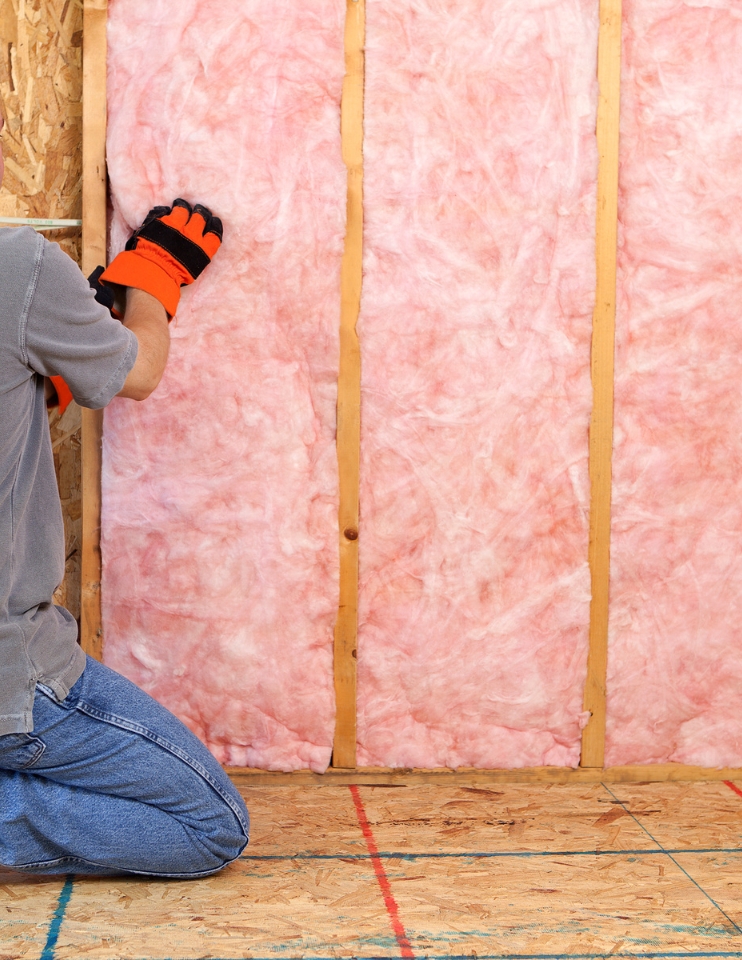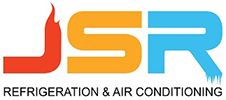Stay Warm And Save:
Your 2024 Winter Heating Guide

By Team JSR
Stay warm, healthy, and dry this winter with our 2024 comprehensive guide. Whether you’re a home-owner or a renter, these tips will help you create a cozy and cost-effective living environment.
Four Steps To A Warm and Drier Home
Insulation, heating, ventilation, and dampness control work together to maintain a comfortable and healthy home. As winter approaches, balancing warmth and affordability becomes crucial. Follow these steps to ensure a warmer home this winter:
1. Insulation

Why it’s important: Insulation is the key to a comfortable home during winter. It helps retain heat, making it easier and cheaper to keep your home warm.
Different ways for improving home insulation:
- Attic Insulation: Adding insulation to your attic helps prevent heat from escaping through the roof.
- Wall Insulation: Filling cavity walls with insulation material or adding insulating boards to solid walls.
- Floor Insulation: Using insulating materials under floorboards or installing carpet to reduce heat loss through floors.
- Window Insulation: Applying weather stripping, using thermal curtains, or installing double-glazed windows to reduce drafts and heat loss.
- Door Insulation: Sealing gaps around doors with weather stripping or using draft excluders.
- Pipe Insulation: Wrapping hot water pipes with insulating material to retain heat and prevent freezing.
- Loft Hatch Insulation: Adding insulation around the loft hatch to prevent warm air from escaping.
- Basement Insulation: Insulating basement walls and ceilings to reduce heat loss from below the house.
- Radiator Reflectors: Placing reflective panels behind radiators to direct heat back into the room.
- Exterior Insulation: Applying insulation to the exterior walls to improve overall thermal
2. Dampness Control

Different ways for improving dampness:
- Use a Dehumidifier: Place portable dehumidifiers in damp-prone areas to reduce moisture levels.
- Open Windows Regularly: Briefly open windows each day to allow fresh air to circulate and reduce indoor humidity.
- Use Exhaust Fans: Turn on exhaust fans in kitchens and bathrooms to expel moisture-laden air.
- Wipe Down Surfaces: Regularly wipe down windowsills and other surfaces where condensation forms.
- Dry Clothes Outside: Hang laundry outside or in a well-ventilated area instead of drying clothes indoors.
- Install Moisture Absorbers: Place moisture-absorbing crystals or packets in closets and small, enclosed spaces.
- Fix Leaks Promptly: Repair any leaks in roofs, pipes, and faucets to prevent water accumulation.
- Keep Gutters Clean: Ensure gutters are clear of debris to prevent water overflow and seepage into walls.
- Use Bathroom Rugs: Lay down absorbent mats in the bathroom to capture water spills and reduce floor dampness.
- Seal Gaps and Cracks: Use caulk or weather stripping to seal gaps around windows and doors where moisture can enter.
3. Ventilation

Why it’s important: Proper ventilation maintains good air quality and removes daily moisture. Striking the right balance is essential—too much ventilation can make it hard to keep your home warm, while too little can lead to poor air quality.
Different ways for improving ventilation:
- Use Exhaust Fans: Operate exhaust fans in the kitchen and bathroom to remove moisture and stale air.
- Open Windows Briefly: Open windows for short periods daily to allow fresh air to circulate without significantly losing heat.
- Trickle Vents: Install trickle vents on windows to allow continuous airflow while keeping windows closed.
- Ceiling Fans: Use ceiling fans set to winter mode (clockwise) to circulate warm air and improve ventilation.
- Window Ventilation Locks: Use window locks that allow windows to be left slightly open for ventilation without compromising security.
- Air Bricks: Ensure air bricks and vents are unblocked to allow airflow under floors and within cavity walls.
- Mechanical Ventilation with Heat Recovery (MVHR): Install an MVHR system to provide fresh air while recovering heat from outgoing air.
- Door Grilles: Install grilles or vents in interior doors to facilitate airflow between rooms.
- Cross-Ventilation: Create cross-ventilation by opening windows or vents on opposite sides of the home to allow fresh air to flow through.
- Regularly Clean Vents and Filters: Clean air vents and replace filters in ventilation systems to maintain efficient airflow and air quality.
4. Heating

Why it’s important: Even with good insulation and ventilation, your home will need a reliable heat source to stay warm and dry. Be mindful of your choice of heater and fuel, as they significantly impact your winter energy bills.
Different ways for improving warmth:
- Central Heating Systems: Use a gas, oil, or electric central heating system with radiators or underfloor heating.
- Space Heaters: Utilise portable electric heaters, such as fan heaters, oil-filled radiators, or ceramic heaters, for additional warmth.
- Heat Pumps: Install air-source or ground-source heat pumps for efficient heating.
- Wood Stoves and Fireplaces: Use wood-burning stoves or fireplaces for a traditional and cozy heat source.
- Pellet Stoves: Opt for pellet stoves that burn compressed wood or biomass pellets.
- Electric Blankets: Use electric blankets or heated mattress pads to keep beds warm.
- Infrared Heaters: Install infrared heaters that warm objects and people directly, rather than heating the air.
- Radiant Floor Heating: Use electric or hydronic radiant floor heating systems to warm floors and provide consistent heat.
- Gas Heaters: Employ portable gas heaters, ensuring proper ventilation to avoid carbon monoxide buildup.
- Smart Thermostats: Install smart thermostats to optimise heating schedules and improve energy efficiency.
Tackling Dampness
Dampness is the primary enemy in your quest for a warm and healthy home. Reducing dampness improves comfort and health, as damp air requires more energy to heat. Simple and cost-effective measures can significantly decrease moisture levels in your home.
Ventilation is crucial for removing damp and stale air. It’s a delicate balance: too much ventilation makes it hard to keep your home warm, while too little can degrade air quality. Aim to find the right equilibrium for your home.
Efficient Heating
Heating accounts for a significant portion of your winter energy bill. Your choice of heater and heating fuel affects both costs and environmental impact. Consider the heat requirements for different rooms, the purchase and running costs of heaters, and the environmental effects of various fuels to maximise efficiency and minimise expenses.
By following these steps, you can ensure a warmer, healthier, and more cost-effective home this winter.
Stay Warm This Winter with Our Expert Heating Solutions
Take the first step towards a warmer, healthier home this winter. Contact us now for a consultation and discover how we can help you stay comfortable without breaking the bank. Let’s make this winter your coziest yet!


